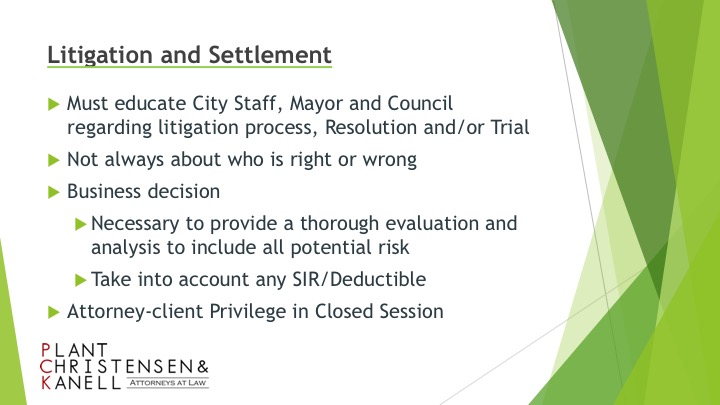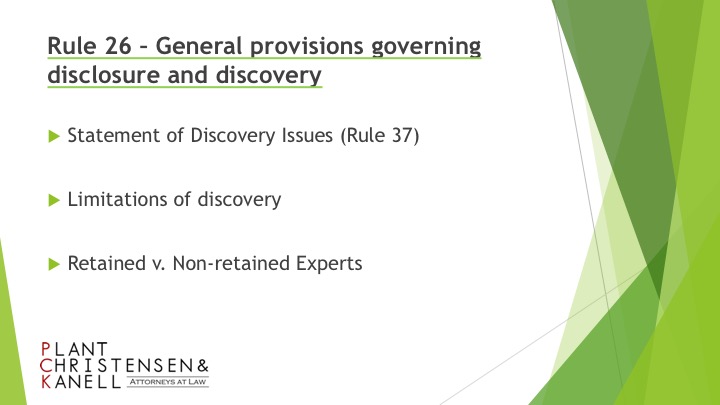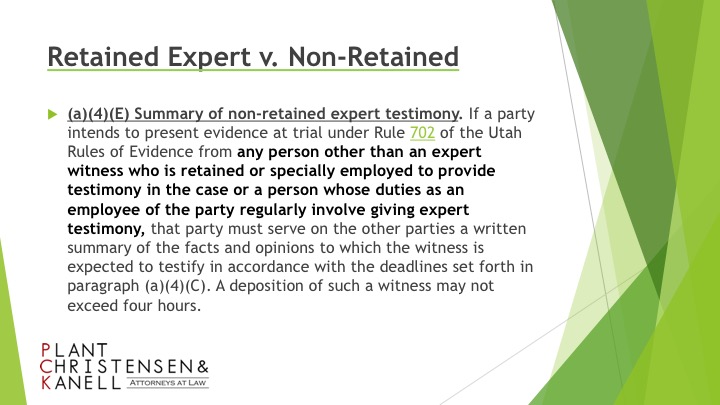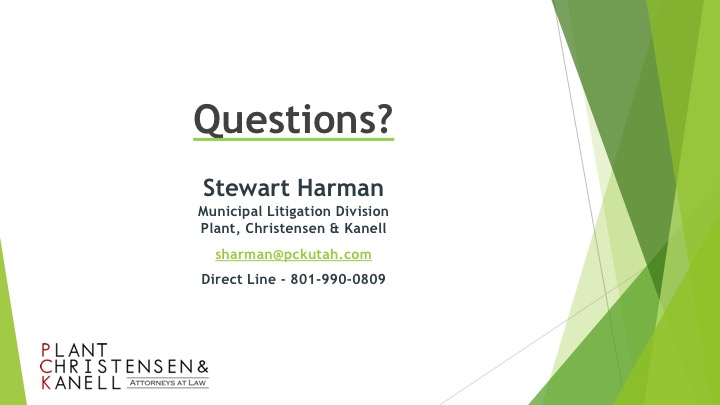Espenschied Transp. Corp. v. Fleetwood Servs., Inc. 2018 UT 32 (July 5, 2018)
The supreme court affirmed the district court’s decision not to extend Ammermam II to brokers and insurance agents in a wrongful death suit when, as part of a settlement, a trucking company agreed to take action against its insurance agent. The court granted defendant’s motion for summary judgment holding that Espenschied had suffered no actual damages as it had been indemnified for almost all of its attorney fees and had never paid any money as a result of the settlement or the consent judgment.
Mower v. Baird, 2018 UT 29 (July 5, 2018)
While being treated by a therapist, a child brought false allegations of sexual abuse against his father. The child’s father brought action against the therapist for medical malpractice and negligence, alleging that the therapist’s use of unreliable treatment methods was the cause of the false allegations. The district court determined that the therapist owed no duty to the father i.e. a non-patient; however, the supreme court reversed and remanded the district court’s decision holding that the therapist of a minor does owe a duty to a non-patient parent to refrain from affirmatively acting in a manner that causes physical harm to the non-patient or that gives rise to false memories or fabricated allegations of sexual abuse.
Krahenbuhl v. The Cottle Firm, 2018 UT App 138 (July 12, 2018)
In this legal malpractice claim, the court rejected the defendants’ argument that privilege with respect to all lawyers who represented an individual in an underlying case is waived when a legal malpractice claim is filed against one lawyer. The defendants, in this case, issued a subpoena duces tecum to the new counsel retained by plaintiffs in order to continue the underlying case with representation. Plaintiffs filed an interlocutory appeal of the district court’s denial of their objection to the subpoena duces tecum, and the court of appeals agreed with the plaintiffs determining that the subpoena was in violation of the attorney-client privilege and reversing the district court’s decision. The court held that plaintiffs were “not seeking damages that occurred outside of Prior Counsel’s representation and therefore have not placed at issue their communications with Successor Counsel”; rather it was the defendants’ defense that placed the prior communications at issue.
Gregory & Swapp, PLLC v. Kranendonk, 2018 UT 36 (July 26, 2018)
In this action, plaintiff sued her attorneys for legal malpractice when they failed to file her claim before the statute of limitation had run and then did not disclose said failure for ten months. The jury awarded plaintiff $2.75 million in non-economic damages for the emotional distress that arose from the malpractice. The supreme court vacated and remanded for new trial holding that damages for emotional distress cannot be collected under a breach of contract claim because neither the nature nor the language of the contract indicated that emotional distress damages were contemplated by either party.
Nat’l Title Agency LLC v. JPMorgan Chase Bank NA, 2018 Ut App 145 (July 27, 2018)
In this case, plaintiffs sued a bank for releasing funds in escrow to its clients (to whom the funds belonged) in order to satisfy judgments against the plaintiff in two unrelated suits. The district court found these claims to be time-barred by the statute of limitations. Plaintiffs appealed and argued that they were seeking special or consequential damages for harms later stemming from the loss of those funds and not the recovery of the original funds; however, the court found this argument unavailing and held that “the statutes of limitations started to run in 2010 when Plaintiffs sustained the loss of the escrowed funds for which they were responsible—not in 2013 when aspects of their claimed special or consequential damages at last came to fruition.”
Vander Veur v. Groove Entm’t Techs., 2018 UT App 148 (Aug. 9, 2018)
In this case, a sales representative, who was an at-will employee, brought an action against its former employer for wrongful termination. Plaintiff argued a breach of implied covenant of good faith and fair dealing when his employer fired him in order to avoid paying bonuses and commissions that had already been earned. The court ultimately concluded that “breach of the implied covenant of good faith and fair dealing may be asserted for the limited purpose of protecting from opportunistic interference an employee’s justified expectations in receiving the fruits of a compensation agreement attendant to the at-will employment relationship after that relationship has been terminated.” However, the court also clarified that, “The implied covenant may not be used as an avenue to avoid termination of the at-will employment relationship itself.”
Judd v. Bowen, 2018 UT 47 (Aug. 29, 2018)
After exercising its certiorari authority, the court determined, upon briefing and oral argument, that the case was not suitable for certiorari review. The court noted that the criteria for certiorari established in Utah R. App. P. 46 were absent and that certiorari had been improvidently granted. In discussing the basis for certiorari review, the court “encourage[d] future parties to keep in mind the guidelines we have set out in this opinion as they prepare their petitions for certiorari.”
Copper Hills Custom Homes, LLC v. Countrywide Bank, FSB, 2018 UT 56 (Sept. 27, 2018) (amended opinion)
In this action, the district court certified its orders regarding some, but not all, claims as final and appealable; however, the supreme court held that the district court’s certification of orders as final and appealable is not sufficient to provide appellate jurisdiction. The court determined that in order for appellate jurisdiction to exist under Rule 54(b), the certified order must “detail the lack of factual overlap between the certified and remaining claims,” “express determination that there is no just reason for delay,” “set forth clear rationale as to why there is no just reason,” and offer analysis supporting its determination.































